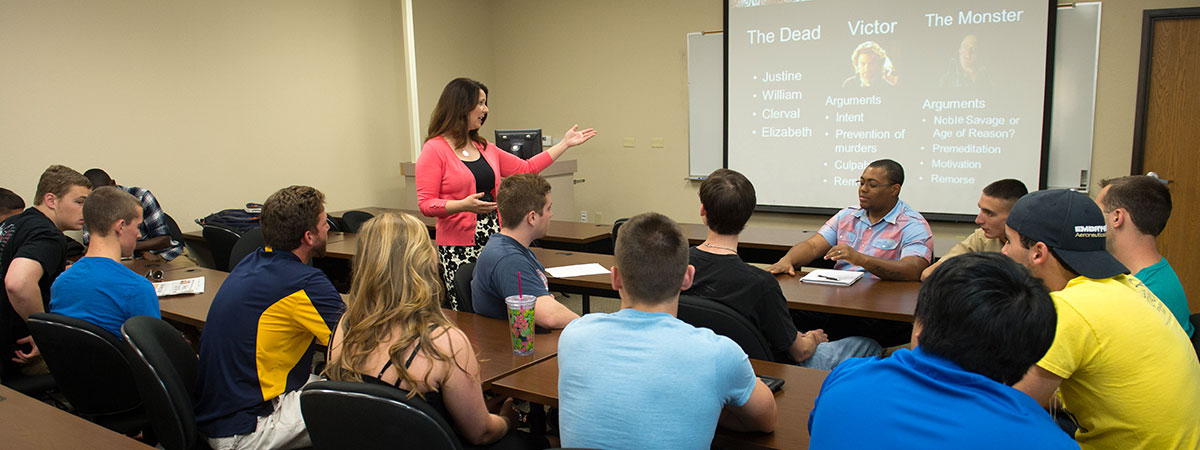Document Type
Book
Publication/Presentation Date
1993
Abstract/Description
In an examination of American texts produced from 1804 to 1989, this dissertation delineates that Sacagawea became a legendary figure because she has exemplified critical elements of narrative traditions recounting the nation's sacred beginnings. As a plethora of works have portrayed Sacagawea as the Indian princess of the Lewis and Clark Expedition, she became an important emblem of manifest destiny. Flexible within its mythic framework, the Sacagawea legend has additionally enabled proponents to confront timely cultural issues, such as women suffrage, taboos against miscegenation, and modern feminism.
Chapter one provides a review of American frontier myths, concepts of sacred mission and native savagery, as well as Sacagawea's connection to such ideas through her characterization as an Indian princess. As Chapter two details, expedition diaries and early editorial compilations reflected and reinforced implicit frontier traditions as they presented the story of the mission. Defining Sacagawea as a savage squaw, these germinal works provided the ground work upon which the Sacagawea legend was erected. Chapter three establishes that American creators of the progressive period transformed her into an Indian princess, thereby initiating and proliferating the Sacagawea legend. While many progressive era texts employed Sacagawea to justify women suffrage, each work demonstrated her cultural usefulness by proclaiming her an "American" heroine based on her cooperation during the journey. As Chapter four delineates, proponents of the Sacagawea story offered variations and elaborations of the legend between the 1930s and 1969. Rehearsing concepts of the nation's mission and native savagery, they maintained a connection to rationalized frontier myths as they additionally tested timely ideologies, especially miscegenation. Chapter five relates that within the past two decades, most Sacagawea texts, including one characterizing her as a proto-feminist, have upheld frontier traditions. Breaking with typical approaches to the narrative, a recent work uses Sacagawea to question the rectitude of manifest destiny. Chapter six summarizes the history of Sacagawea narratives, works that have consistently commented on national myths while allowing a populace to test issues unfolding within a dynamic society. For nearly two centuries, Sacagawea has endured as an important historical figure, her persistent animation addressing the needs and aspirations of Euro-American culture.
Publisher
ProQuest, UMI Dissertations Publishing
Scholarly Commons Citation
Kessler, D. J. (1993). Sacagawea: A Uniquely American Legend. , (). Retrieved from https://commons.erau.edu/db-humanities/12



Additional Information
Kessler, Donna Jean (now Barbie, Donna J.)